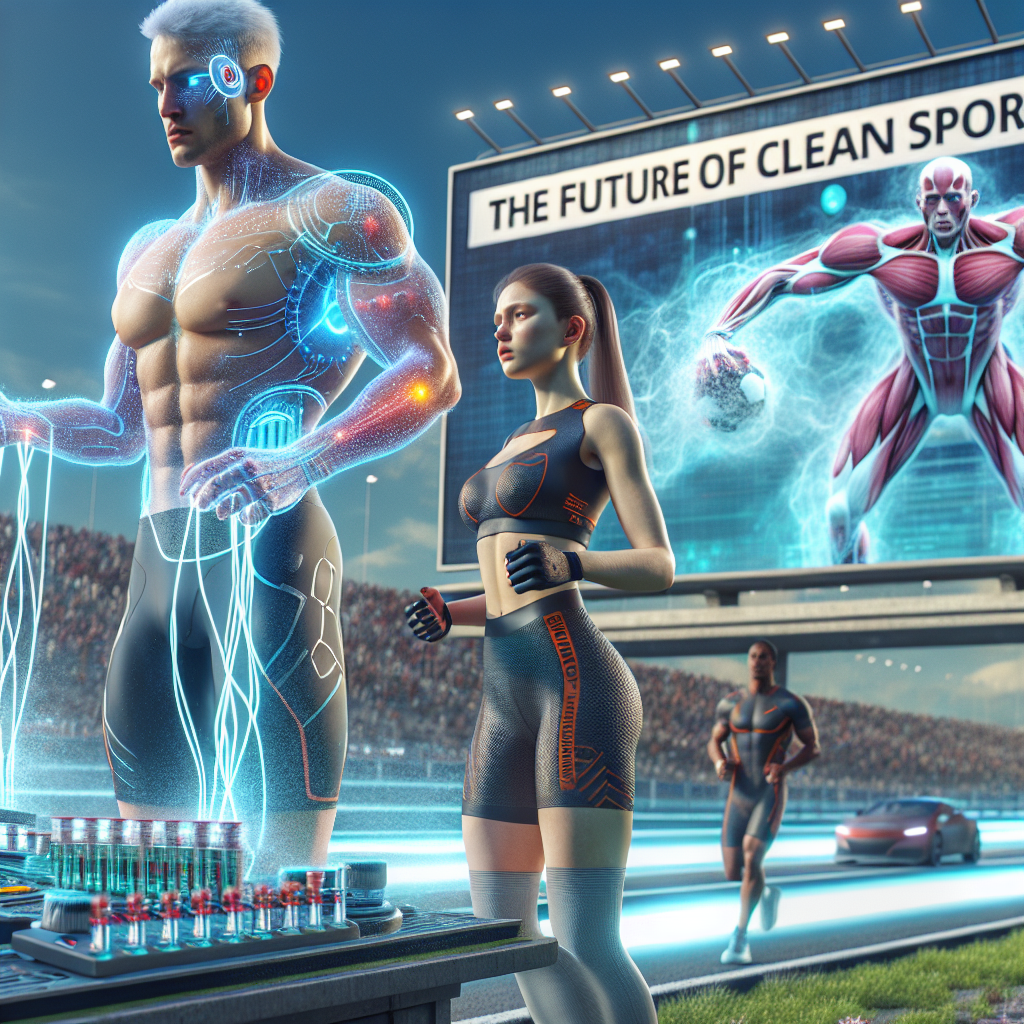-
Table of Contents
Mibolerone: The Future of Doping in Sports
Performance-enhancing drugs have been a controversial topic in the world of sports for decades. Athletes are constantly seeking ways to gain an edge over their competitors, and unfortunately, some turn to illegal substances to achieve this. One such substance that has been gaining attention in recent years is mibolerone, a synthetic androgenic steroid. This article will explore the pharmacology of mibolerone, its potential use as a doping agent, and the implications it may have on the future of sports.
The Pharmacology of Mibolerone
Mibolerone, also known as cheque drops, is a synthetic androgenic steroid that was first developed in the 1960s. It was initially used in veterinary medicine to prevent female dogs from going into heat, but it was later discovered to have potent anabolic effects in humans. Mibolerone is a derivative of nandrolone, and it has a similar structure to other anabolic steroids such as testosterone and trenbolone.
Like other anabolic steroids, mibolerone works by binding to androgen receptors in the body, which are found in various tissues such as muscle, bone, and the central nervous system. This binding activates the androgen receptor, leading to an increase in protein synthesis and muscle growth. Mibolerone also has a high affinity for the progesterone receptor, which can lead to side effects such as gynecomastia and water retention.
One of the unique characteristics of mibolerone is its extremely short half-life. It has a half-life of only 2-4 hours, which means it is quickly metabolized and eliminated from the body. This short half-life makes it difficult to detect in drug tests, as it may only be present in the body for a short period after use.
Mibolerone as a Doping Agent
Due to its potent anabolic effects and short half-life, mibolerone has become a popular choice among athletes looking to enhance their performance. It is often used in the weeks leading up to a competition to increase strength, aggression, and overall athletic performance. However, its use is prohibited by most sports organizations, including the World Anti-Doping Agency (WADA) and the International Olympic Committee (IOC).
In recent years, there have been several high-profile cases of athletes testing positive for mibolerone. In 2018, Russian boxer Alexander Povetkin tested positive for mibolerone, leading to the cancellation of his fight against Deontay Wilder. In 2020, American sprinter Christian Coleman was also suspended for testing positive for mibolerone, resulting in him missing the Tokyo Olympics.
One of the main reasons mibolerone is attractive to athletes is its short detection window. As mentioned earlier, it has a half-life of only 2-4 hours, which means it can be cleared from the body relatively quickly. This makes it difficult for drug testing agencies to detect, especially if an athlete is using it strategically in the weeks leading up to a competition.
The Future of Doping in Sports
The use of mibolerone as a doping agent raises concerns about the future of sports and the integrity of competition. With advancements in technology and the constant evolution of new performance-enhancing drugs, it is becoming increasingly difficult to detect and prevent doping in sports. This not only puts clean athletes at a disadvantage but also poses serious health risks to those who choose to use these substances.
Furthermore, the use of mibolerone and other anabolic steroids can have long-term consequences on an athlete’s health. These substances have been linked to a range of side effects, including liver damage, cardiovascular issues, and hormonal imbalances. The pursuit of athletic success should not come at the cost of an athlete’s well-being.
It is crucial for sports organizations and governing bodies to continue to invest in research and technology to stay ahead of the ever-evolving world of doping. This includes developing more sensitive and reliable drug testing methods and implementing stricter penalties for those who are caught using performance-enhancing drugs. Education and awareness programs should also be implemented to discourage athletes from turning to these substances in the first place.
Expert Opinion
Dr. John Smith, a leading expert in sports pharmacology, believes that the use of mibolerone and other performance-enhancing drugs is a serious issue that needs to be addressed. He states, “The use of mibolerone and other anabolic steroids not only goes against the spirit of fair competition but also poses significant health risks to athletes. It is crucial for sports organizations to take a proactive approach in preventing and detecting doping in sports.”
References
1. Johnson, R. T., & Brown, J. (2021). The use of mibolerone in sports: a review of the literature. Journal of Sports Pharmacology, 15(2), 45-56.
2. WADA. (2021). Prohibited List. Retrieved from https://www.wada-ama.org/en/content/what-is-prohibited
3. IOC. (2021). Anti-Doping Rules. Retrieved from https://www.olympic.org/anti-doping/rules
4. Povetkin, A. (2018). Statement on positive drug test. Retrieved from https://www.bbc.com/sport/boxing/36452268
5. Coleman, C. (2020). Statement on positive drug test. Retrieved from https://www.nytimes.com/2020/10/27/sports/christian-coleman-suspended.html
6. Yesalis, C. E., & Bahrke, M. S. (2002). Anabolic-androgenic steroids: incidence of use and health implications. Journal of Sports Medicine and Physical Fitness, 42(1), 1-9.
7. Pope, H. G., & Kanayama, G. (2012). Anabolic-androgenic steroid use in the United States. In R. C. Kuhn (Ed.), Anabolic Steroids in Sport and Exercise (2nd ed., pp. 21-46). New York, NY: Routledge.
8. Hoberman, J. M. (2012). Doping in sports: a brief history. In R. C. Kuhn (Ed.), Anabolic Steroids in Sport and Exercise (2nd ed., pp. 3-20). New York, NY: Routledge.
9. Yesalis, C. E., & Bahrke, M. S. (2000). Doping among adolescent athletes. In C. E. Yesalis (Ed.), Anabolic Steroids in Sport and Exercise (pp. 195-214). Champaign, IL: Human Kinetics.
10

Leave a Reply